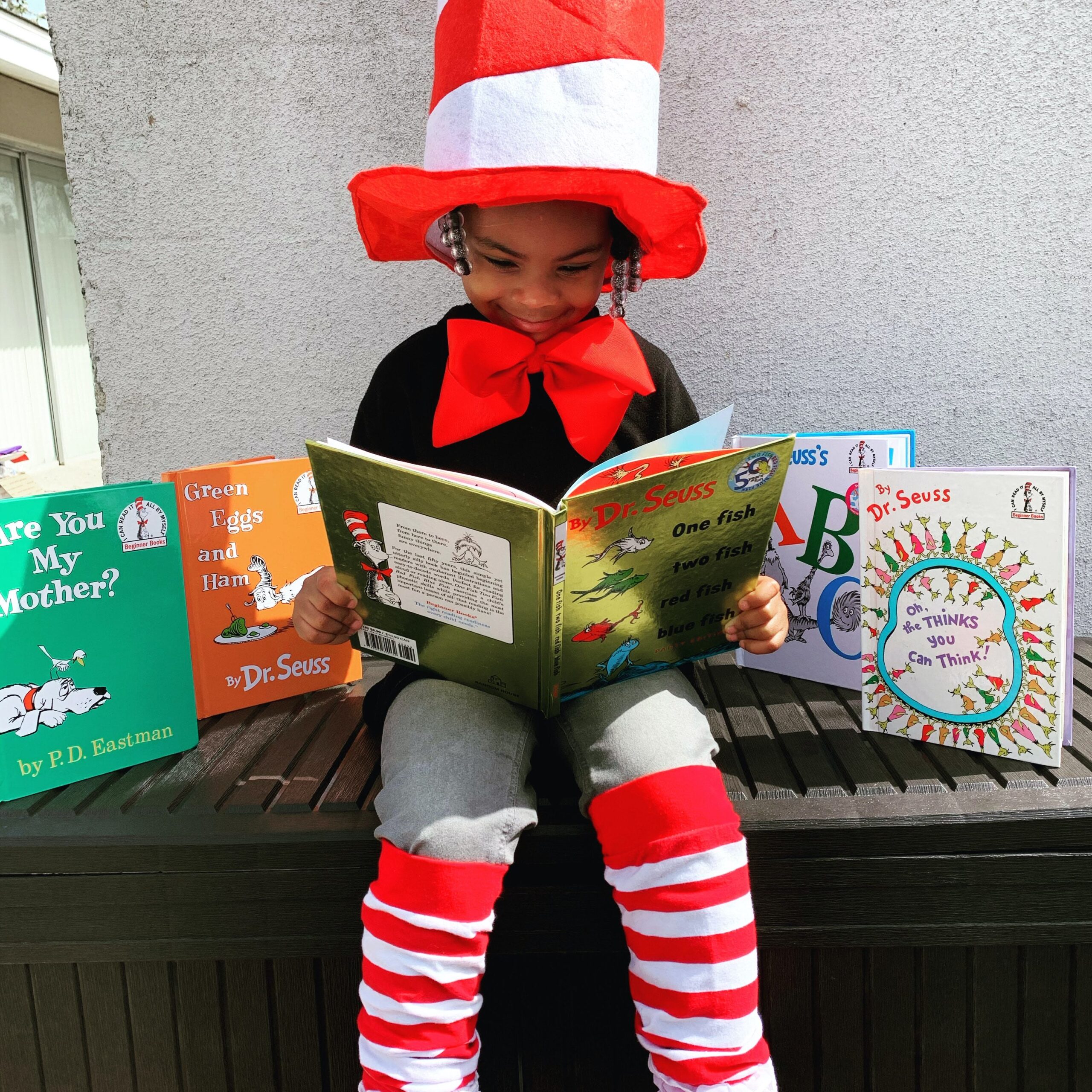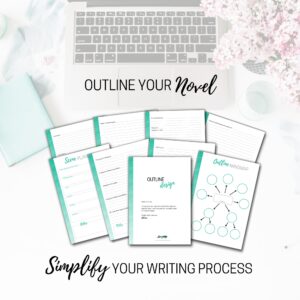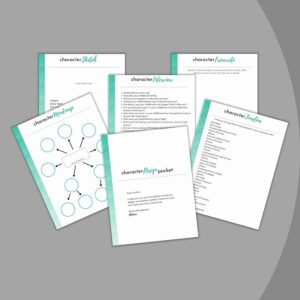
Writing for Kids: What You Need to Know
When people think about writing for the children’s market they generally envision picture books. While picture books are a large segment of the children’s market, there are other categories as well.
Don’t make the mistake of thinking that writing for kids is simple or easier than writing for adults. The children’s book market demands high quality, thoughtful books. Writing for children takes hard work, practice, and dedication.
If you’d like to write for kids, you’ll want to understand the different categories and the expectations for each category.
***This post contains affiliate links, which may compensate me without any additional charge to you***
Picture Books
What exactly is a picture book?
Generally, a picture book is geared toward younger children, ages 4-8. A picture book has lively language and colorful illustrations on each page. Most picture books are designed to be read by someone to a younger child. They are sometimes referred to as “lap books.”
If you are interested in writing a picture book, you need to be aware of some things. Not all stories are suitable for a picture book. A picture book, or PB, demands a certain type of story, one in which illustrations are integral to the story.
PB stories should have a beginning, a middle, and an end. It should have a plot and be complete. Years ago, “quiet” stories (stories about bedtime, lullabies, dreams, etc.) without much structure were popular. Today’s editors like PBs with stories that have some action and where something happens within the story.
Editors also look for quirky characters and unique ways of presenting plots. Stories can be humorous or serious, but they should be compelling and intriguing.
Picture books are generally 32 pages and usually less than 1000 words. If you have a story you think fits the format of a picture book, make a dummy to see if your story can sustain a book.
To create a dummy:
Take 16 pages of 8.5 x 11 paper and fold them in half. Leave 4 pages blank to represent the front and back matter (such as the title page and blank pages). Break up your text and write it on each page.
When you have completed this step, read it to make sure there is enough action on each page to justify an illustration. If not, rework the text.
Try to think like an illustrator and see if your words offer enough opportunities to create unique illustrations. A PB is a marriage between the words and the illustrations—they’re both needed to make the book successful.
Be sure to read numerous picture books. The more you read, the more you’ll pick up the rhythm and subtleties of picture book writing. Study those books that stand out and see if you can discover why. Apply that to your own writing.
Read, and then read some more.
Study the market to determine where your story would fit in. Keep abreast of publishing needs by subscribing to industry newsletters. The more you immerse yourself in the children’s market, and picture books specifically, the more likely it is you will find success.
Picture books are an art form. Make sure your story fits not only the format, but offers something unique to the market. If you can accomplish that, you’ll be much more likely to secure a publishing contract.
Books you might want to read:
After the Fall (How Humpty Dumpty Got Back Up Again)
Easy Readers
Easy readers are books with approximately eight pages and simple language. Illustrations are still an important part of the story and help give clues about the text, but the words play a bigger role in easy readers than in picture books.
Few Words
Easy readers are for kids who are beginning to read and usually contain a few words on each page. Some easy readers may have an entire sentence on the page, but it will be simple. Easy readers also use sight words, or words that are most familiar to children just learning to read.
Repetition
Books categorized as easy readers tend to use frequent repetition to help kids learn to recognize words. At this stage, word recognition is important in helping a child feel confident in his reading ability.
Simple Plot
The story itself needs to be simple and easy to understand. Some of the most recognizable easy readers are the Dick and Jane books. These books use repeat familiar words to emphasize word recognition.
Builds Confidence
When kids begin learning to read, they have so much enthusiasm. Easy readers help build their confidence in their reading abilities. One of the most important skills children can gain is reading. Reading opens up the world and easy readers help children in their first step toward becoming independent readers.
Study
If you are interested in writing for this age group, usually kindergarten through third grade, the best advice is to go to the library and immerse yourself in easy readers. By reading numerous books, you can pick up the style and nuances associated with this category.
Study books, dissect them to understand why certain stories work, and then apply that to your own writing.
Books you might want to read:
Chapter Books
Chapter books bridge the gap between easy readers and middle grade novels.
Some examples of chapter books are Junie B. Jones, The Magic Treehouse, and Amber Brown. These books have lively language, interesting plots, and a higher word count.
Lively Language
Children want to read stories that capture their imagination. Using active words to convey the story will catch children’s attention. Words that depict a specific action will grab their interest.
Look for, and use, words that sound interesting and are specific in nature. Instead of writing, “The snake moved through the grass,” try, “The snake slithered through the grass.” Slithered generates a specific idea and is closely related to snakes. Slithered is a far more interesting word than moved and will grab readers’ attention.
Interesting Plots
Chapter books can employ plots that are more intricate. While picture books and easy readers tend to use simple plots, chapter book plots are usually more developed. Children who read chapter books are generally independent readers who aren’t quite ready for novels, but who want meatier stories.
Chapter books can sometimes include sub-plots, but usually focus on the main plot.
Higher Word Count
Chapter books have 4,000-10,000 words. The text is broken up into chapters. Word usage is targeted to independent readers, generally 2nd through 4th grades. The sentence construction can be more complex, but the idea should still be easy for 7-9 year olds to grasp. Humor is popular for this age group.
If you are interested in writing chapter books, the best advice is to:
Read and study books in this genre.
- Understand how the story flows and what language is appropriate.
- Learn how the chapters are constructed.
- Study the plotting.
- Understand what subjects are suitable for this age group.
As children develop their reading skills, they want to move away from “baby books,” and on to reading “real” books.
Chapter books help them feel independent and help them develop a love for reading while targeting their still-developing reading abilities.
Middle Grade Novels
Middle grade novels, or MG, are for independent readers usually between the ages of 9-12. These kids can read and understand complicated plots and higher vocabulary than chapter book readers.
While MG novels can explore a wider range of topics, writers of MG novels must still avoid some subjects. The best way to determine what subjects are appropriate is to read and study MG novels.
Remember, children ages 9-12 may not yet be ready to read about some subjects and publishers will tend to shy away from controversial subjects for this age group.
MG novels usually have a word count between 20,000-50,000 words. J.K. Rowling far exceeded this word count with her Harry Potter novels that started out as MG. Though there can be exceptions, generally MG novels don’t surpass 50,000 words.
A good rule-of-thumb when writing for this market is to write about a protagonist that is at the upper age limit. Kids like to read about characters that are a few years older than they are. Most MG protagonists are 11 or 12, though a few are younger than that. Kids don’t generally like to read about younger characters.
MG novels are for children who want to read more than a chapter book but aren’t quite ready to read young adult novels. If you’re writing a story with pre-teen characters, chances are you’re writing an MG novel.
Kids who read MG novels want exciting, intriguing, well-written stories with sub-plots, because kids this age are sophisticated readers and are ready for more complicated plots.
Things to avoid when writing an MG novel:
- Condescending tone
- Preachy style
- Boring characters
- Babyish story line
- Underestimating intelligence
- Unrealistic characters or plot
Again, the best advice if you want to write for 9-12 year olds is to read MG novels. Study the pace, plotting, and characterization. Understand what makes it an MG novel. The time you spend studying published novels will pay-off ten-fold when you write your own.
MG novels you might want to read:
Young Adult Novels
Young adult, or YA, novels are targeted at readers ages 12-18. Since readers in this age group like to read about protagonists a few years older than they are, that means your protagonists should be aged 14-20. Some industry experts include the age group 12-24. Generally, if your protagonist is in high school or college your novel will be categorized as a YA.
Generally, YA novels have 50,000-70,000 words.
YA novels include intricate plots and may include controversial subjects. The main difference between a YA novel and a novel targeted to adults is the age of the protagonist. Most subjects included in novels for adults can also be explored in YA novels. However, be sure to research your particular subject to make sure it’s suitable for the YA market.
YA novels may include profanity, or coarser language, as long as it supports the character and the story. If you use profanity simply for the sake of using profanity and it has no direct impact on the characters or story line, it won’t seem realistic and you may lose readers. Remember, that your characters must be realistic so their language should reflect that realism. Use language, especially profanity, carefully, always making sure it’s integral to the story.
The best way to understand YA novels is to read and study them. Read from a variety of genres so you can learn what constitutes a YA novel. Every year outstanding YA novels are awarded the Newbery medal. You can learn a great deal from reading books that have been awarded a Newbery, especially if you read them as a writer instead of as a reader.
As you read YA novels look for:
- Characterization
- Plot
- Pacing
- Language
- Subject Matter
- Voice
Writing for the YA market can be tricky. It’s important to find the right balance between appropriate subject matter and writing for teens
Some books you may want to read:
Conclusion
Whether you want to write for young children or teenagers, the best advice is to read books in the category for which you want to write.
Understanding the nuances between an MG novel and a YA novel may make the difference between rejection and publication. The more you read, the better able you will be to write for a specific age group.
Writing for kids is very rewarding, but it takes time to learn the intricacies of the market. Spending time now will save you frustration later.
***Have you received my FREE course: Become an Idea Factory? You can click here to learn more about it. It’s a 7-day course delivered right to your inbox that helps you learn how to generate ideas. I know these techniques work because I use them! Find out more here.
***Do you need help organizing your ideas for your novel? I have developed an Outline Design Packet to help other writers organize their thoughts and arrange scenes so they don’t have to interrupt their writing time. This is what I use to outline my books.

***If you need some help creating your characters, download my free Character Design Packet here. It will help you create compelling, unforgettable characters that will make your story come alive.

***Need help writing your first chapter? Check out my course: Writing a Fantastic First Chapter.
In this course, Writing a Fantastic First Chapter, you will learn what components you need to include in your first chapter to hook readers. With examples and assignments, you will put into practice what you learn and you can ask questions all along the way. A first chapter checklist, a character sheet, and a character interview are all included as downloads.
Don’t try to write a first chapter in the dark. This course will shine the light on what elements you need to help you navigate writing the all-important first chapter, so you can win over readers.
***Do you already have a manuscript? If you can’t afford an editor, you might be interested in Pro Writing Aid Writing Software. This writing software helps you improve your writing to be the best it can be. It’s like having your own private editor for a fraction of the price. You can try it for free for 2 weeks. You can click here to learn more about it.










2 Comments
Pingback:
Pingback: